- No products in the cart.
Ekzifin tab 250mg 16 pieces
$17.72
Ekzifin tab 250mg 16 pieces
Description
Composition
Active substance:
1 tablet contains: Terbinafine hydrochloride 281.31 mg (equivalent to 250 mg terbinafine).
Excipients:
Microcrystalline cellulose 47 mg, sodium starch glycolate 36.69 mg Starch pregelatinized 25 mg colloidal anhydrous silica 3 mg Magnesium stearate 7 mg.
Description:
White almost white round biconvex tablets with a smooth surface on both sides.
Product form:
4 tablets in PVC / aluminum blister, 4, 5, 7 or 10 blisters together with instructions for use placed in a cardboard box.
16 tablets in PVC / aluminum blister, blister 1 together with instructions for use placed in a cardboard box.
Contraindications
Hypersensitivity to any component of the drug, children under 2 years of age, because have sufficient data on the application of the drug to children weighing less than 12 kg, pregnancy, lactation.
Precautions: hepatic and / or renal failure, alcoholism, blood disease, tumors, metabolic diseases, the pathology of limbs, psoriasis.
Pregnancy and lactation: Reception terbinafine during pregnancy is contraindicated because of the lack of sufficient information about its safety during pregnancy.
Terbinafine is excreted in breast milk, so its purpose is contraindicated during breast-feeding.
Dosage
250 mg
Indications
Mycosis of the scalp (trihofitia, mikrosporiya).
skin and nail mycosis caused by Trychophyton (T. rubrum, T. mentagrophytes, T. verrucosum, T violaceum), Microsporum (M. canis, M. gypseum) and Epidermophytom floccosum.
Onihomikozy.
Heavy, common ringworm smooth skin of the trunk and limbs requiring systemic treatment.
candidiasis skin and mucous membranes.
Interaction with other drugs
Virtually no effect on the clearance of drugs metabolized involving cytochrome P450 (eg, cyclosporine, terfenadine, tolbutamide, triazolam, oral contraceptives).
Inhibits isoenzyme SUR2D6 and prevents the metabolism of drugs such as tricyclic antidepressants and selective serotonin uptake blockers (eg., Desipramine, fluvoxamine), beta1-blockers (metoprolol, propranolol), antiarrhythmics (flecainide, proavfenon), MAO-B inhibitors (e.g. ., selegiline) antipsychotic and (eg., chlorpromazine, haloperidol).
Medications Inductors SUR450 enzymes (eg., Rifampicin) may accelerate the clearance of terbinafine is excreted.
Medications SUR450 inhibitors (eg., Cimetidine) can slow metabolism and excretion from the body terbinafine. With the simultaneous use of these drugs may require correction terbinafine dose.
Possible disruption of the menstrual cycle, while the reception of terbinafine and oral contraceptives.
Reduces the clearance of caffeine by 21% and prolongs its half-life by 31%.
It does not affect the clearance of antipyrine, digoxin, warfarin.
Ethanol and other hepatotoxic drugs increase the risk of hepatotoxicity.
Overdose
Symptoms include nausea, vomiting, pain in the lower abdomen in the epigastric region.
Treatment: gastric lavage followed purpose of activated carbon and / or symptomatic therapy.
pharmachologic effect
Pharmacological group:
Antifungal agent.
Pharmacodynamics:
Terbinafine belongs to the group of allylamines, it has a broad spectrum antifungal activity. At low concentrations has a fungicidal effect on dermatophytes Trychophyton (T. rubrum, T. mentagrophytes, T. tonsurans, T. verrucosum, T. violaceum), Microsporum canis, Epidermophyton floccosum, molds (eg., Aspergillus, Cladosporium, Scopulariopsis brevicalius) , yeast fungi, mainly Candida albicans, and certain dimorphic fungi. On Candida fungi and mycelial form has depending on the kind of fungus fungicidal or fungistatic effect.
Terbinafine gives an early stage of the biosynthesis of the main component of the cell membrane by inhibiting fungal ergosterol enzyme squalene epoxidase. Squalene epoxidase is not associated with the cytochrome P450 system (SUR450) so terbinafine does not affect the metabolism of hormones and drugs, which are associated with metabolism SUR450.
For oral application accumulate in skin, nails and hair in an amount which exerts fungicidal action.
Systemic treatment of multi-colored lichen, caused by Malassezia furfur, is inefficient.
Pharmacokinetics:
When reception is well absorbed orally, it is absorbed through the 0.8 hour half of the dose through the 4.6 hour half of the dose is distributed in the body. After 1-2 hours after a single oral administration of 250 mg dose of the maximum drug concentration in blood plasma reaches 0.97 g / ml. Bioavailability – 80%. Meal did not affect the bioavailability of terbinafine.
Terbinafine binds extensively to plasma proteins (99%), rapidly distributed in tissues, penetrates into the dermal layer of skin and nail plate. Penetrates the secretion of sebaceous glands and accumulates in high concentrations in hair follicles, hair, skin and subcutaneous tissue. Within a few weeks of treatment accumulates in nails at concentrations providing fungicidal action. The half-life time – 16-18 hours terminal elimination half-life phase – 200-400 hours.
Biotransformed in the liver to inactive metabolites: 80% of the dose excreted in urine as metabolites, the remainder (20%) – with the feces. Not cumulated in the body. Age of patients did not affect the pharmacokinetics of terbinafine, but elimination may decrease in lesions of the kidneys or liver, resulting in high concentrations of terbinafine blood.
Provided with breast milk.
Systemic treatment of multi-colored lichen, caused by Malassezia furfur, is inefficient.
Conditions of supply of pharmacies
By prescription.
side effects
Side effects are usually moderate to mild severity and are temporary in nature. Common side effects from the digestive system organs: a sense of fullness, indigestion, nausea, loss of appetite, abdominal pain, diarrhea; infrequently – a violation of taste perception, including the loss of it, which is recovered in a few weeks after cessation of treatment; rare – cholestasis, jaundice, hepatitis, asymptomatic increase in liver transaminase levels. Despite the failure to prove the causal relationship of these disorders with taking terbinafine, in the case of hepatobiliary dysfunction treatment ekzifin should be discontinued.
CNS: rarely – paresthesia, gipoesteziya, dizziness; very rarely – depression, increased anxiety.
On the part of the musculoskeletal system: often – arthralgia, myalgia.
From hemopoiesis system: very rarely – neutropenia, agranulocytosis, thrombocytopenia.
Immune system: often – urticaria, erythema multiforme; rare – systemic allergic reactions (reactions similar serum sickness, angiodema); very rarely – severe skin reactions (toxic epidermal necrolysis, Stevens-Johnson syndrome, photosensitivity). With the progression of skin rashes terbinafine should be discontinued.
Other: often – headache, malaise, fatigue; very rarely – exacerbation of psoriasis, increased hair loss.
special instructions
The irregular application of terbinafine or premature discontinuation of treatment leads to a recurrence of the disease.
The duration of treatment may be influenced by factors such as, eg., The presence of co-morbidities, the state of the nails in the early course of treatment.
If after 2 weeks of treatment of skin infection is not marked improvement, it is necessary to re-determine the causative agent and its sensitivity to the drug.
Systemic application in onychomycosis is justified only in case of total destruction of most of the nail, the presence of pronounced subungual hyperkeratosis, inefficiency prior local therapy. In the treatment of onychomycosis clinical response usually occurs several months after mycological cure and cessation of treatment course, due to the speed of regrowth of healthy nail. Removing the nail plate in the treatment of onychomycosis of hands for 3 weeks and onychomycosis stop for 6 weeks is required.
In the presence of severe renal failure (creatinine clearance less than 50 mL / min or creatinine in blood over 300 pmol / l), with abnormal liver function terbinafine dose should be halved.
In the presence of liver diseases terbinafine clearance may be reduced.
With reduced liver function is assigned half of the adult dose. During treatment it is necessary to monitor liver transaminase levels in blood serum. In rare cases, after 3 months of treatment there is cholestasis and hepatitis. When signs of liver dysfunction (weakness, persistent nausea, loss of appetite, abdominal pain, jaundice, dark urine or stool colorless) product should be lifted.
Appointment of terbinafine patients with psoriasis requires increased caution because In very rare cases, terbinafine can cause exacerbation of psoriasis.
In the treatment of terbinafine should follow the general rules gigienydlyapredotvrascheniya possibility of re-infection through underwear and shoes. During the treatment (every 2 weeks) and at the end it is necessary to produce the antifungal treatment of shoes, socks and stockings.
Effects on ability to drive and working mechanisms: terbinafine does not affect the ability to drive and perform work requiring high concentration.
Storage conditions
In a dry, dark place at a temperature not higher than 25 C.
In the reach of children.
Dosing and Administration
Duration of treatment and dosage regimen is established individually and depends on the process of localization and severity of the disease.
adults:
The usual dose of 250 mg (1 tablet) 1 time per day.
Onychomycosis: The duration of therapy of about 6-12 weeks. In lesions nails of fingers and toes (except for the big toe) at a young age or length of treatment of the patient may be less than 12 weeks. Infection of the big toe 3-month course of treatment is usually sufficient. In rare cases, if in slow nail growth rate may require longer treatment of up to 6 months or more.
Fungal skin infections: Duration of treatment with interdigital, plantar or of the type “socks” infection localization is 2-6 weeks, in mycosis other parts of the body: lower leg – 2-4 weeks, body – 4 weeks; in mycosis caused by Candida – 2-4 weeks; in mycosis of the head caused by Microsporum canis – more than 4 weeks.
Babies: typically administered 125 mg (1/2 tablet). The duration of treatment of fungal infections of the scalp – around 4 weeks after infection Microsporum canis – can be more prolonged.
When a body weight less than 20 kg – 62.5 mg (1/4 tablet) 1 time per day.
When the weight 20 to 40 kg – 125 mg (half tablets) 1 time per day.
When weight 40 kg – 250 mg (1 tablet) 1 time per day.
Elderly patients drug is prescribed the same dose as adults.
When expressed human liver and / or renal impairment (creatinine clearance
Information
Appearance may differ from that depicted in the picture. There are contraindications. You need to read the manual or consult with a specialist
Additional information
| Weight | 0.100 kg |
|---|---|
| Manufacturer | DR.REDDIS |

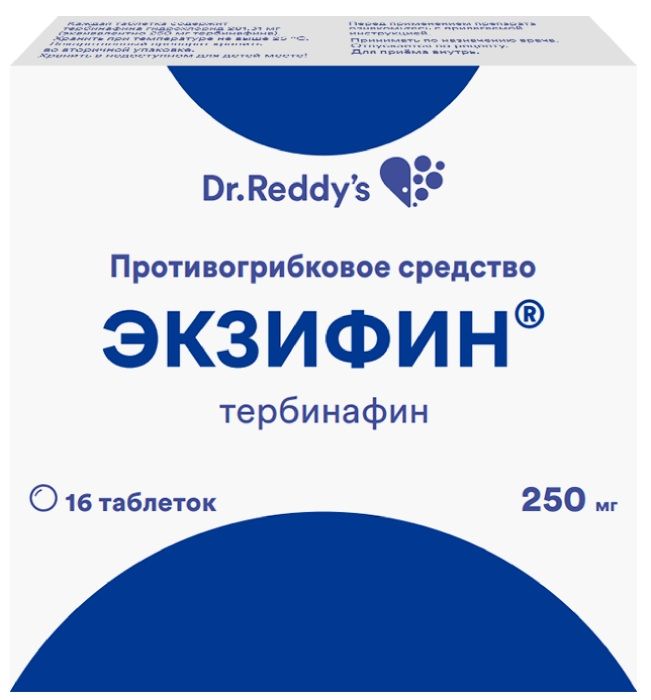
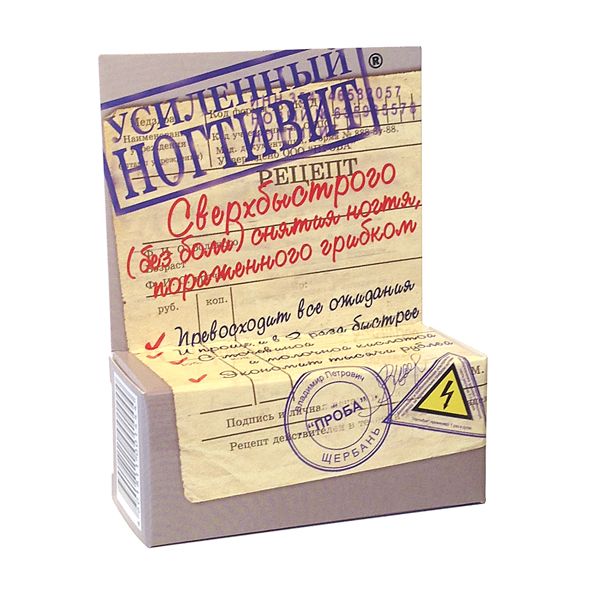
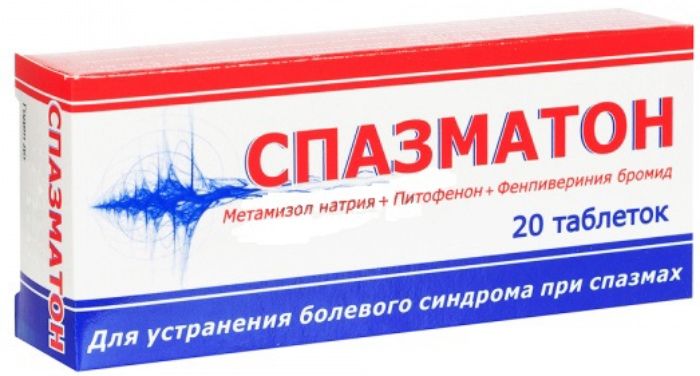
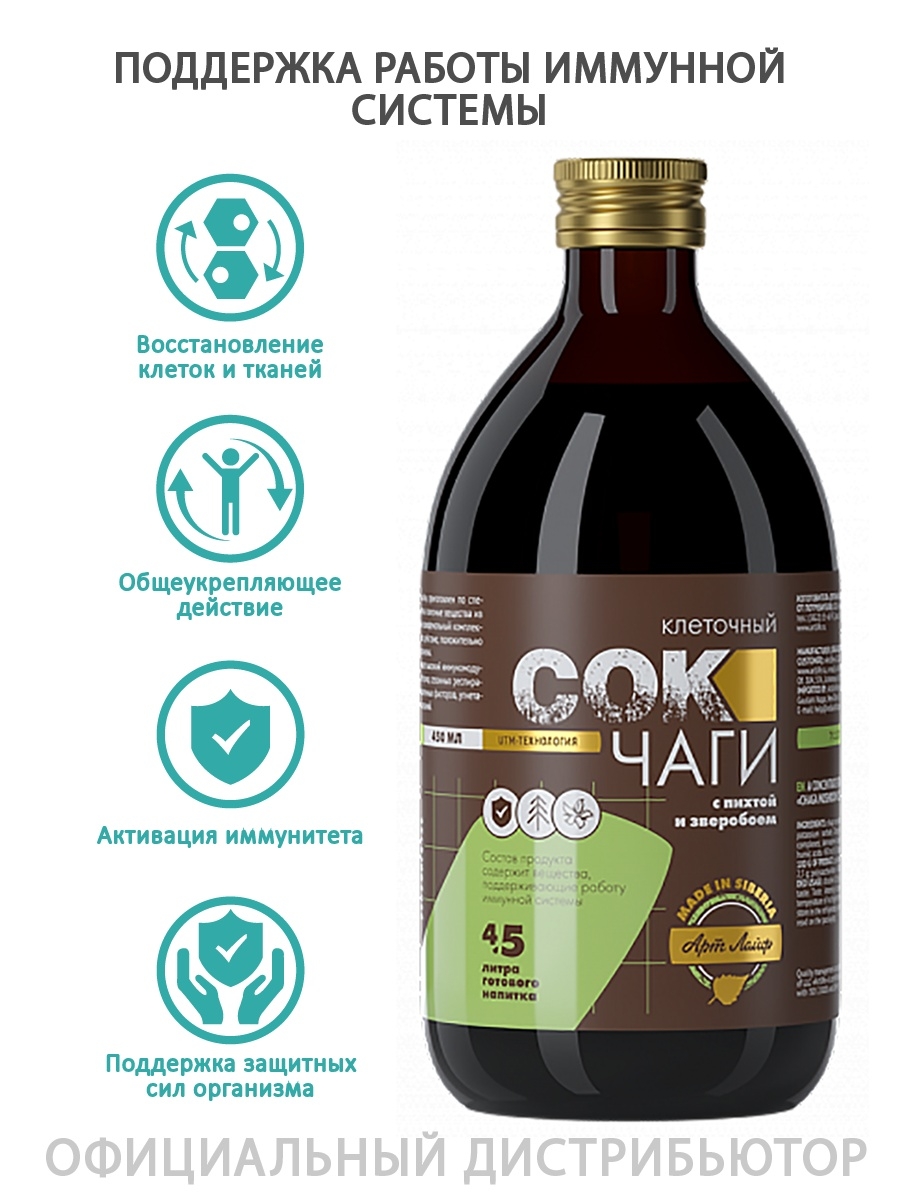
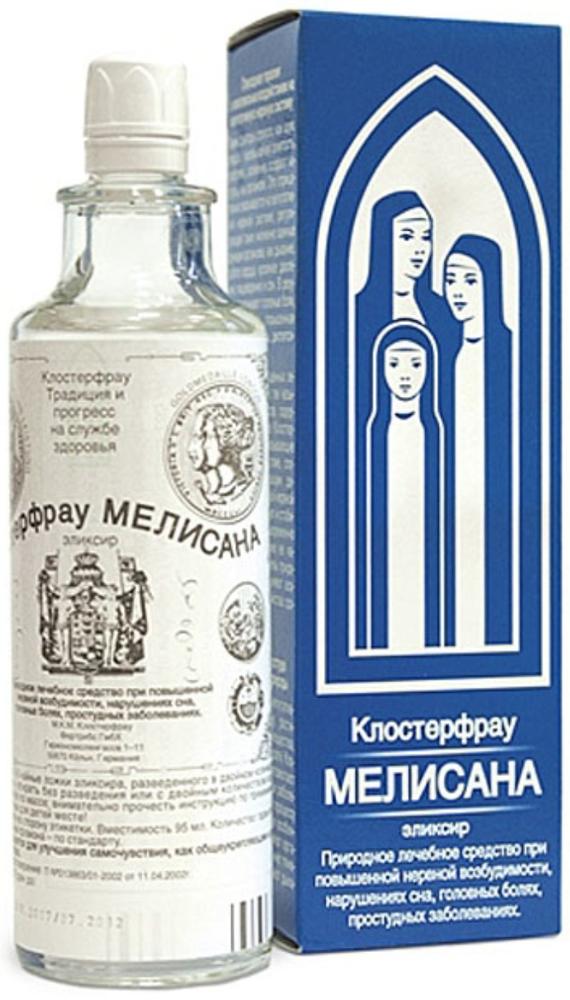
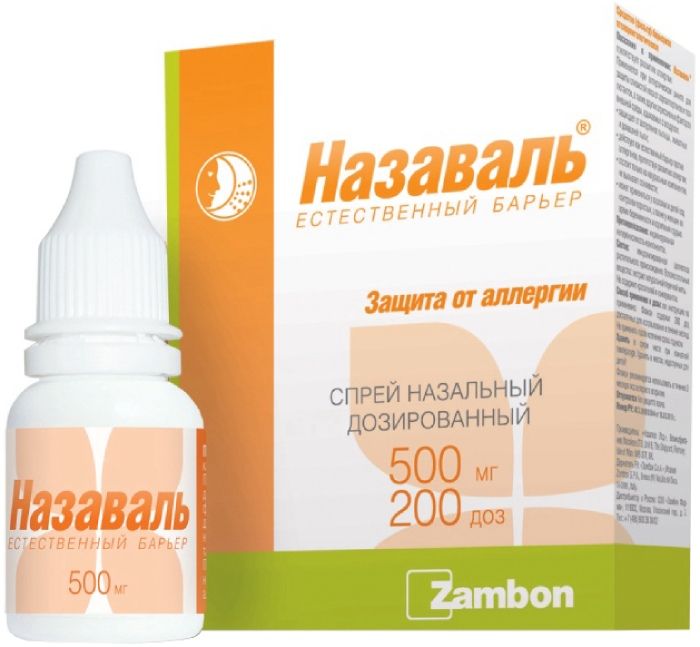
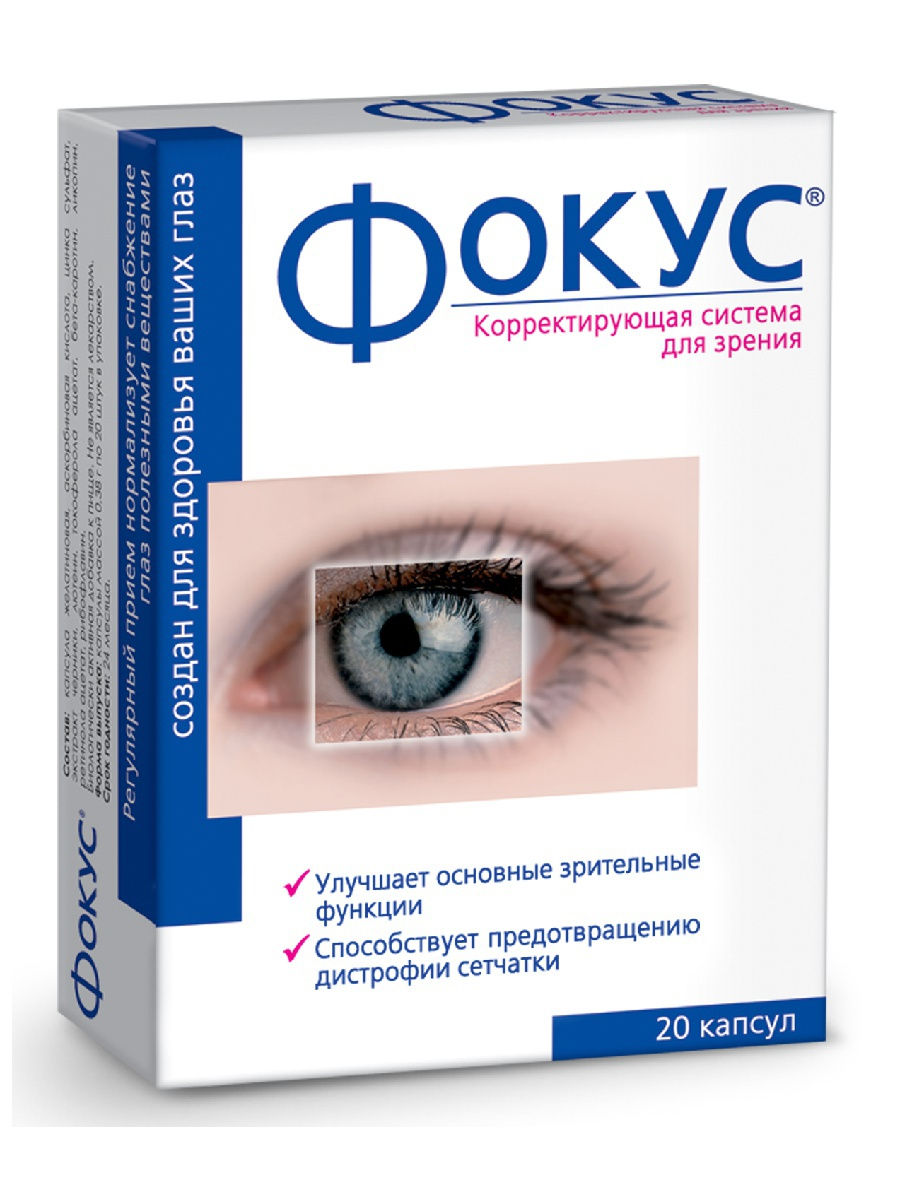
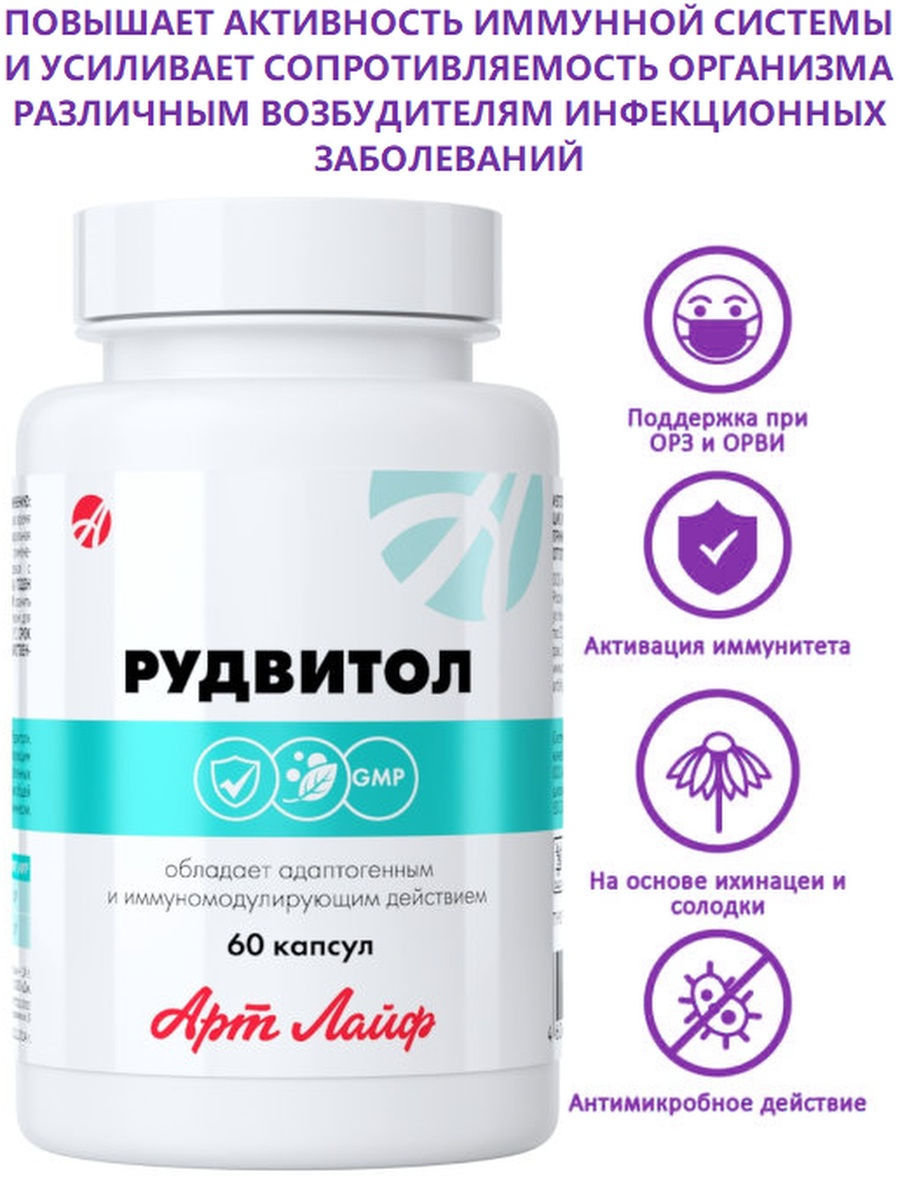
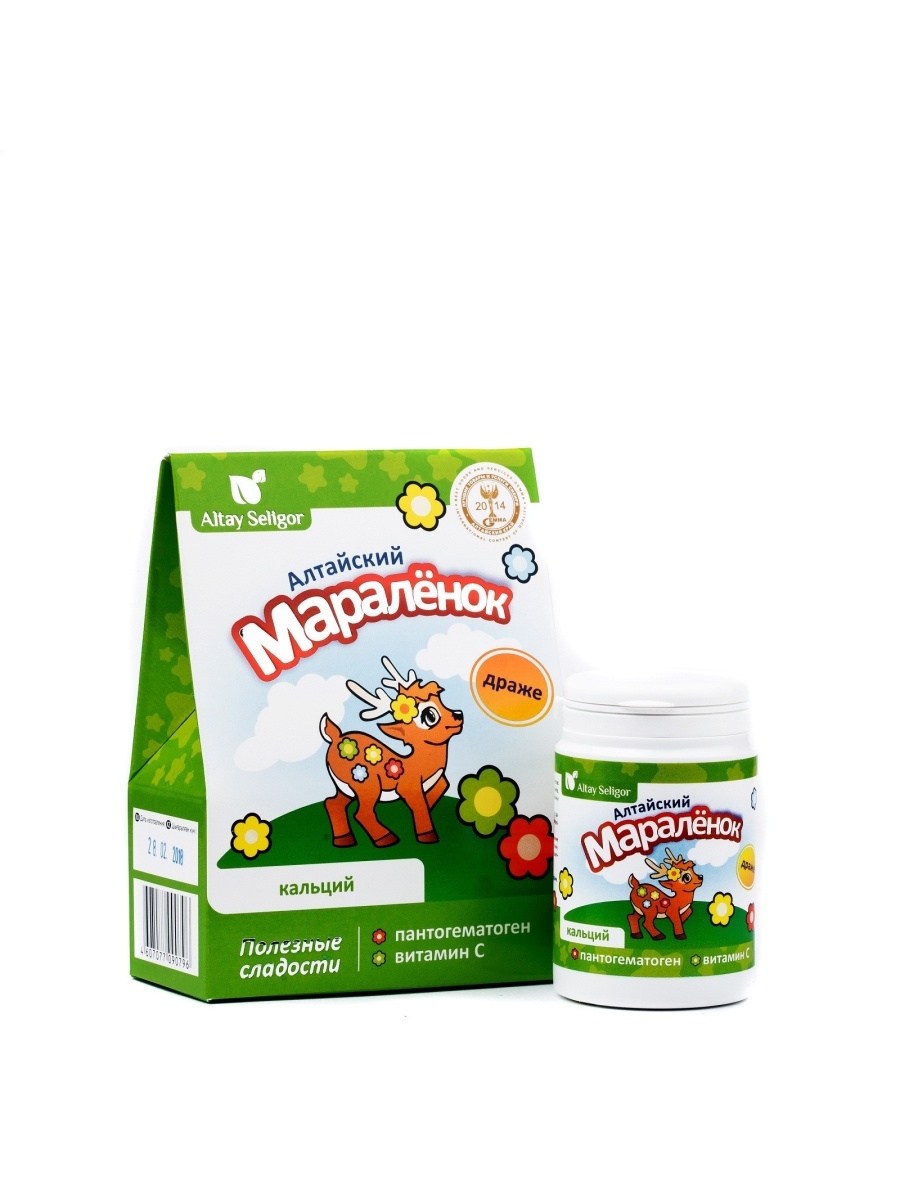




There are no reviews yet.